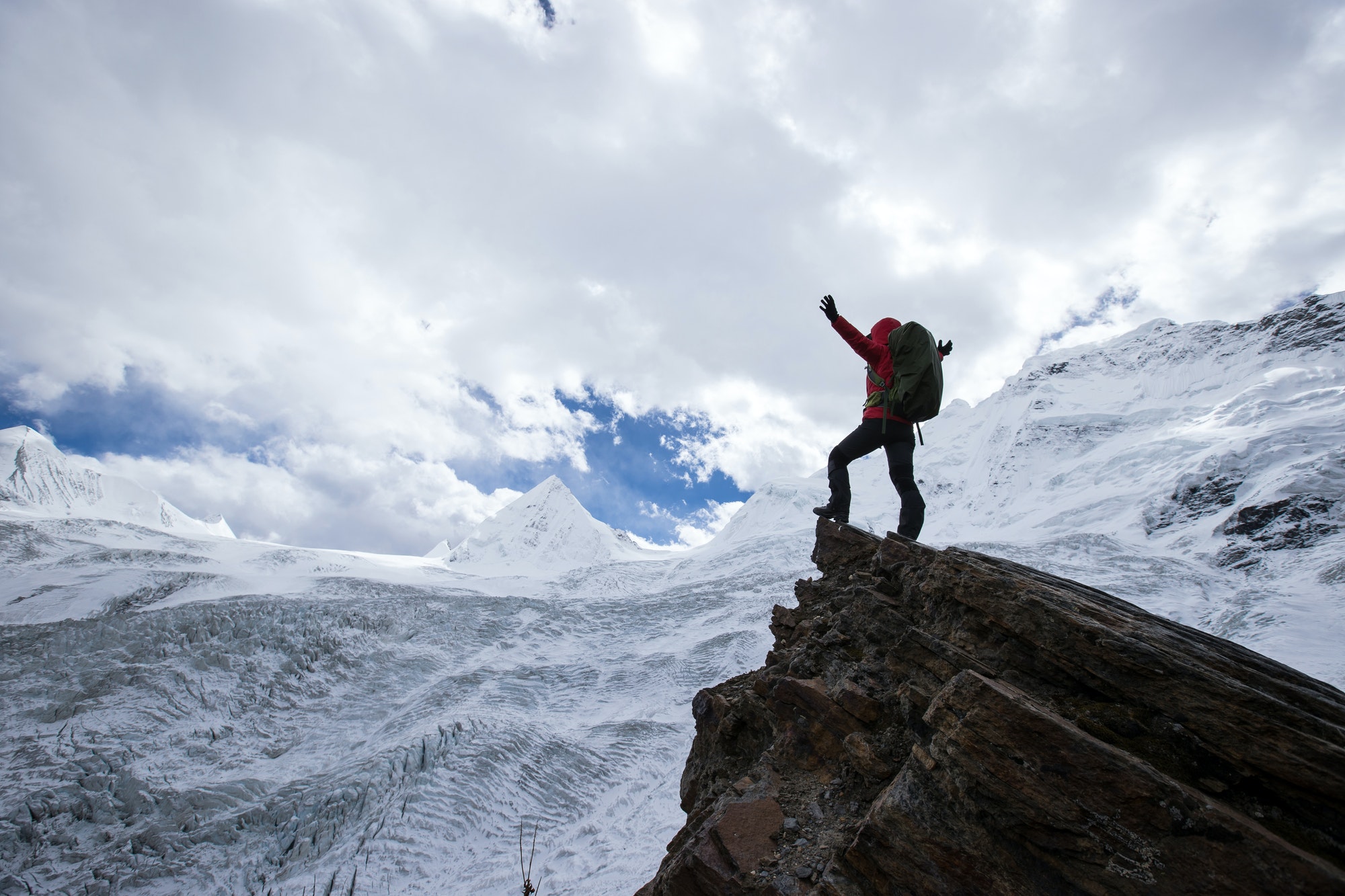
How Hikes are Graded: Part 2
Welcome to Part 2 of How Hikes are Graded. We previously discussed the five aspects of a trail, as well as the easiest and easy ratings. Read on below for the more difficult to extremely difficult trail conditions.
More Difficult
More difficult trails will have paths at least 24” wide with a mostly stable surface. Don’t be surprised if you run across a few sections that require careful steps. The average grade will be less than 10%, and the maximum grade will be less than 15%. For the more difficult rating, the trail will have unavoidable obstacles that are 8” or higher, requiring you to slightly step up over an item, and avoidable obstacles are almost guaranteed. Bridges will be 24” or broader and technical trail features (TTFs) will be 2 feet or less in height. These TTFs are explicitly placed to make the hike more intense, so keep that in mind.
Very Difficult
Very difficult trails are a different sort of trek. The paths can be as small as 12” across, and the terrain will vary widely. The average grade is 15%, but the maximum is 15% or higher. At this point in the rating, they no longer keep track of more difficult grades. Unavoidable obstacles can be up to 15” tall, and avoidable obstacles will be present. You might also encounter things such as loose rocks along the path, so be careful where you step. Bridges will be 24” or wider, and the TTFs will be shorter than 4’. Please understand that certain parts of these hikes can be more difficult than discussed above.
Extremely Difficult
As the most brutal rating, this part discusses minimums, but nature doesn’t know these bounds. Extremely difficult is a rating that is a warning, not just a heads up. Paths can be 6” wide or even partially nonexistent. The tread surface will be unpredictable and vary quite a bit. The average grade is 20% or less, with a maximum of 15% or greater. As we previously mentioned, this part is mostly irrelevant this far in the difficulty ratings. Your main concerns are that natural obstacles will be 15” or higher, avoidable obstacles will be present, loose rocks are more likely than not, and bridges may be under 24” or nonexistent. Some TTFs will be 4’ or higher. Again, please know that some parts will be more intense than expected.
Remember, it’s okay to start a trail and turn back around and pack out. Never hike something that puts you in a precarious position without practice. Pushing yourself is one thing, but hiking a path you aren’t physically capable of doing is another. Please always take a hiking buddy with you, and be sure to drink plenty of water while you’re out. If you’ve chosen a very difficult or extremely difficult trail, let someone know when you and your hiking buddy leave and when you expect to be back.
